There is a deep connection between nourishment and creativity that is ripe for exploring in art. “Art takes inspiration from our daily life, and food is such a pivotal factor of that,” said Anna Kienberger, the Education and Communications Coordinator at the Jordan Schnitzer Museum of Art at Portland State. The Museum has just unveiled their current exhibit from the Jordan Schnitzer Family Foundation titled The Art of Food.
The free-to-the-public exhibition runs on-campus until Dec. 3, in the relatively new PSU Jordan Schnitzer Museum of Art.
“We’re still very much a young museum, only opening in 2019, and fairly quickly after we opened we were immediately shut down [due to COVID-19],” Kienberger said. “So last year we finally completed a full year of being open to the campus.”
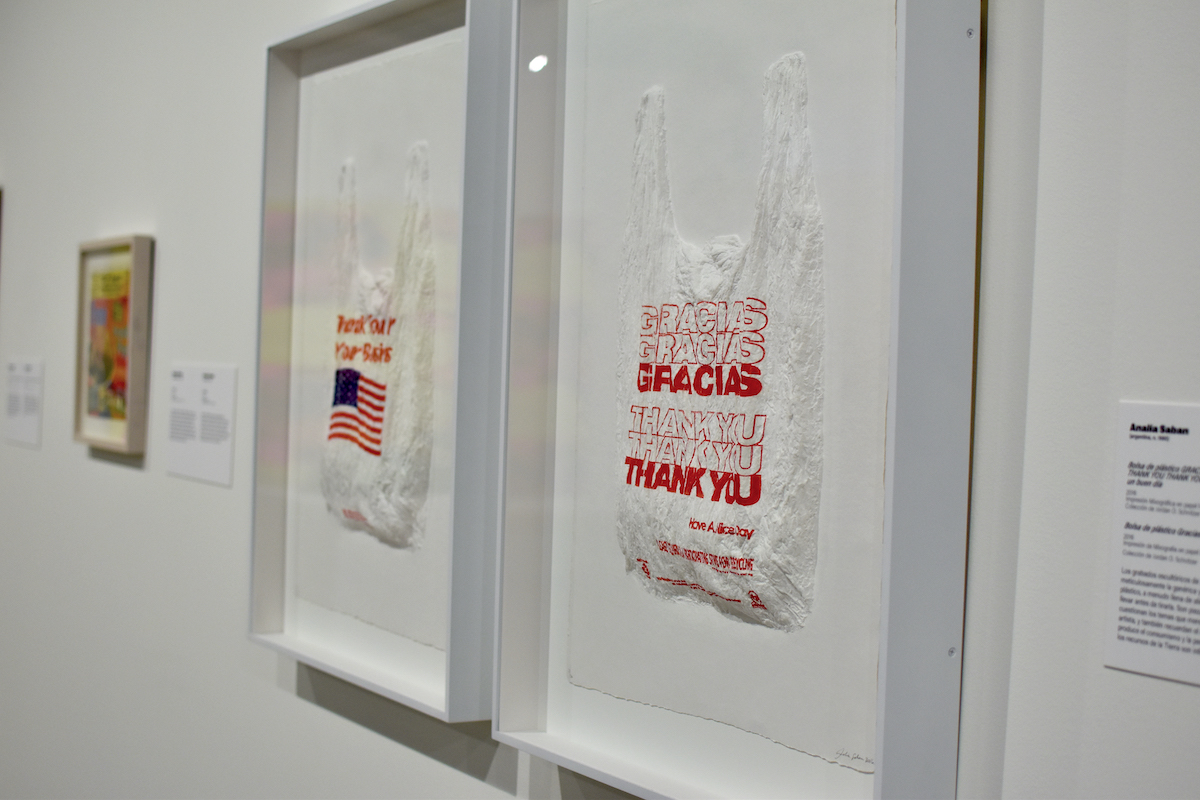
The Art of Food was curated by the University Of Arizona using the collections of Jordan D. Schnitzer and his family foundation. Kienberger explained that the exhibit’s origins came from a serendipitous museum visit by Jordan Schnitzer himself. “Jordan Schnitzer was visiting the University of Arizona art museum, and while he was there, he got in touch with the exhibition curator Olivia Miller, who approached him about doing an exhibition surrounding food,” Kienberger said. “Food is a huge realm, and all these artworks touched upon so many different meanings beyond just its bodily nourishment and fuel. And so that was the origin of the exhibition itself.”
The exhibition, as curated by Olivia Miller, was broken into seven sections. “These different sections are community, dissociation, food for thought, still life, control, elixirs and libations, and eye candy,” Kienberger said. “And all of these delve upon the various metaphors and meanings, and associations that come with food.”
These seven sections focus on three overarching themes: community, control and sustainability.
“What is so amazing to see in this exhibition is how all of these artists have taken different facets of food and explored them,” Kienberger said. “[The art] delves further than its purpose as body fuel, and goes more into the complexities that it holds as something that also brings community, that recalls memory through taste. But also how it’s used as a tool of control and oppression and its role in our consumer climate.”
For example, one piece that explores food as a way to engage in community is titled Deli by Red Grooms, who created a 3D lithograph. “[In this piece] you see this bustling deli of various people all in community together,” Kienberger said. “It really shows that bustling community and just the different people that come together in food spaces.”
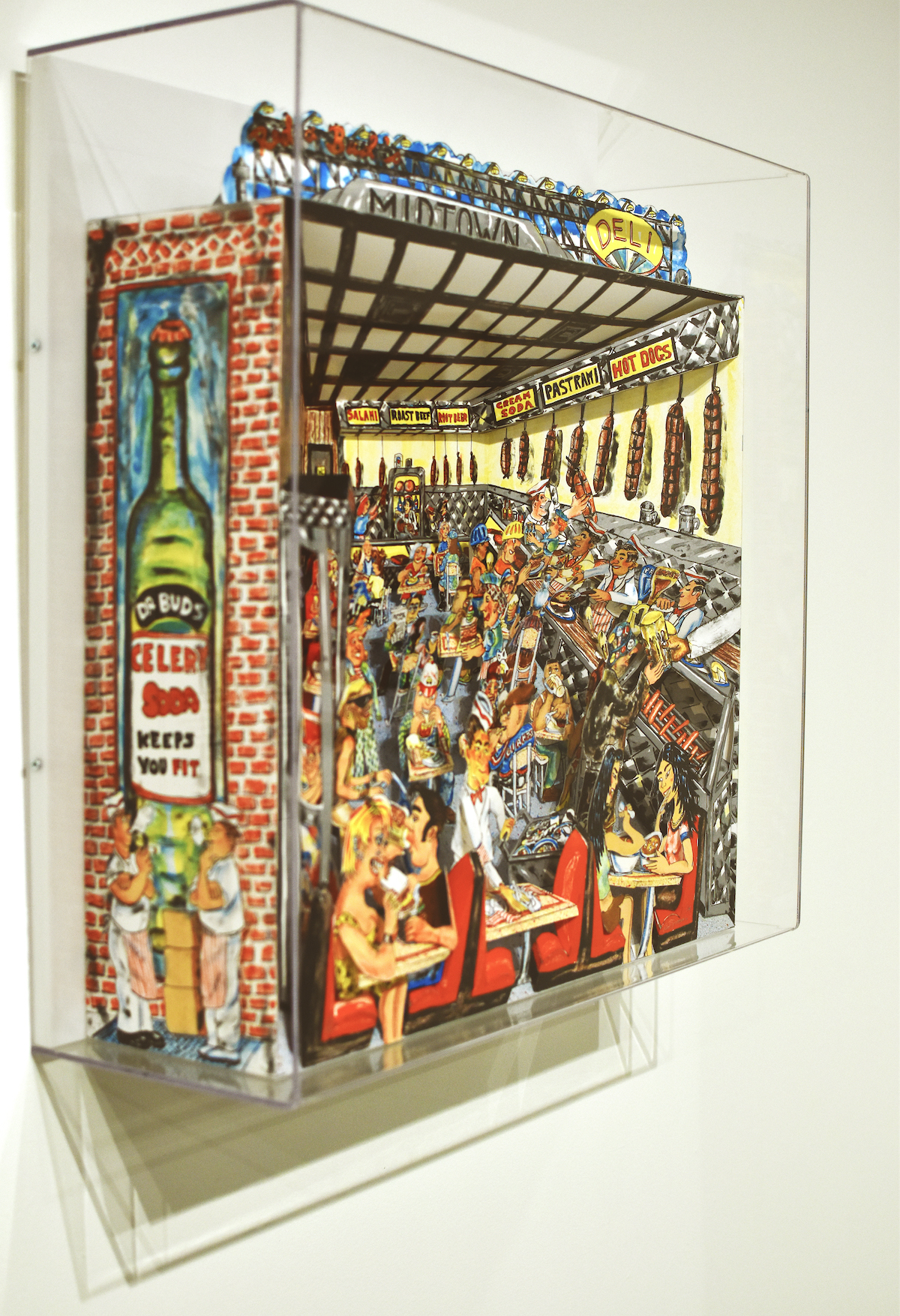
This piece has become somewhat reflective, given how COVID-19 has kept us from engaging in these spaces in the same way. “[It] is a rarity to be in a space that is that full of food, or at least to be comfortable in a space that’s full with food,” Kienberger said.
Community is not just portrayed in the typical sense, but also in the community we find in family. For example, Hung Liu’s piece titled Women Working: Millstone depicts “three generations of women working a millstone grinder to turn whole grains into meal or flower.”
“This piece illustrates the important role that women’s labor has played in Chinese culture, really illuminating the physical tenacity that comes from procuring food,” Kienberger said. “But what’s so beautiful about this piece, too, is that you see three generations of women as well, three generations in a family, and you see tradition and community in that way, too.”
Several artists in the exhibit also focused on the element of sustainability, including one of the most recognizable names in this exhibit—Andy Warhol.
“Andy Warhol’s pieces really touch upon the consumption of food and the industrialization of food as well,” Kienberger said. “The biggest piece that’s kind of the standout when you first see the exhibition through the window is his screen print of Cow. In that piece, the repetition that he has of these cows really touches upon the slaughterhouses and the lining up of animals.”
Artists Roy Lichtenstein and Alex Katz also used the imagery of cows and bulls to draw attention to “the dissociation of the consumer versus the nicely neatly packaged meat and food that’s in the grocery store and how we have that level of dissociation,” according to Kienberger.
Artist Neal Ambrose-Smith is also focused on sustainability, as his art is about the effects of the Suncor mining operation in Alberta, Canada on Indigenous communities. However, his art also has a more profound message of control. “[His piece] focuses [on] how control over land and food access is one of the systemic ways that colonialism has repercussions on various food communities,” Kienberger said. “In his piece, he centers on the destruction of the traditional foodways of many first nations communities.”
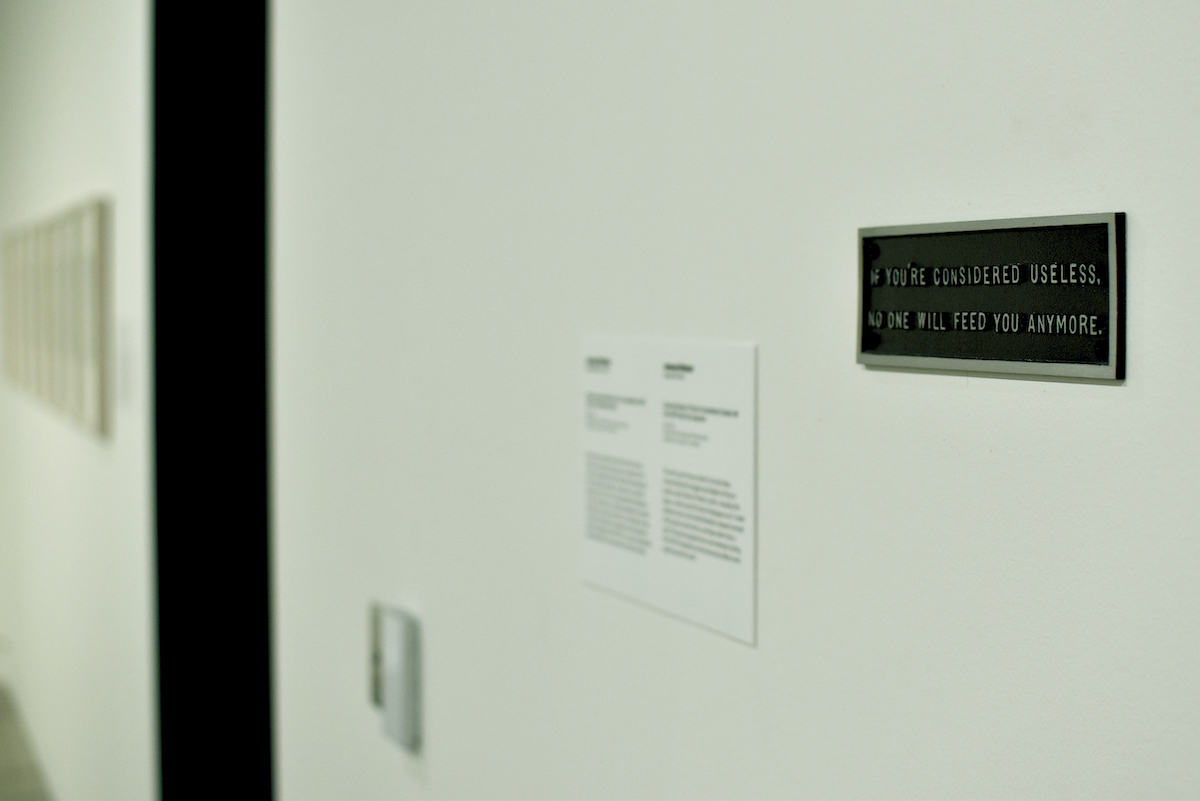
Lorna Simpson focused on another very important element of control in her work. “[Her] piece really focuses on the slave labor that Black women have historically done through American history and many other countries’ histories,” Kienberger said. “Additionally, how Black women have been consumed in our culture, making that direct reference of food pathways to consumption of people in certain ways… There’s also this lingering ideological memory of enslaved cooks found on grocery store shelves through boxes of Aunt Jemima’s mix or also Uncle Ben’s rice as a way to authenticate these products.”
The featured artists demonstrate how food is a common thread in our lives and communities—a resource that brings people together, a resource that is abused and overused, and a method of oppression and control.
We can see the latter in our own community at PSU, as studies performed by the Homelessness Research & Action Collaborative found that 48% of students surveyed in the fall of 2019 experienced food insecurity, and that number went up during the pandemic, where 55% of students surveyed experienced food insecurity.
While food is a necessity, for many—including those in our community—access to food has unfortunately become a luxury. That is why it is essential to have resources on campus like the PSU Food Pantry.
However, as a past PSU Vanguard news article pointed out, “Underutilization is a consistent problem with the pantry, where needs don’t align with actual use.” Sources pointed out that for many reasons, from location to lack of visibility, the Food Pantry only serves about 5% of students, which differs significantly from the recognized need for these services.
To help combat this, the Museum teamed up with the Food Pantry to help bring awareness and funds to the Food Pantry. This allows the Museum to not only showcase works that visualize and acknowledge food used to control and oppress, but also to be active in shifting these power dynamics.
“Our main mission as a museum is to be a resource for the campus and to make those connections between different resources,” Kienberger said. “With this exhibition, The Art of Food, we thought it would be a great opportunity to collaborate with the PSU Food Pantry… It is such an important and necessary resource, especially with our large student body and the realities that many do face food insecurity. We really wanted to use our position to help further amplify this resource because I know it’s also a huge institution. Sometimes resources get lost.”

The Museum also engages and encourages community growth in many other important ways. One upcoming example is the Museum’s welcome back to campus event—a talk with Growing Gardens on Thursday, Sept. 29 at 5 p.m. According to the event description, “this local organization uses the experience of growing food in schools, backyards, and correctional facilities to cultivate healthy, equitable communities.”
Several events such as this provide the community with an opportunity to engage in proactive solutions to the ways in which food serves as a tool to oppress and control people. “We have a lot of exhibition tours open to the public, we have a story time and art activity for families as well as an art workshop happening in November for PSU students and adults,” Kienberger said. “We’re really just hoping to serve the community with our museum.”
If readers go to the exhibition or the corresponding events, Kienberger said she hopes that “it challenges them in certain ways, especially our control section. I hope that it continues to instigate interest in observing more, the sometimes more basic things in our daily life, looking deeper into its purposes and how they affect us in multiple realms.”

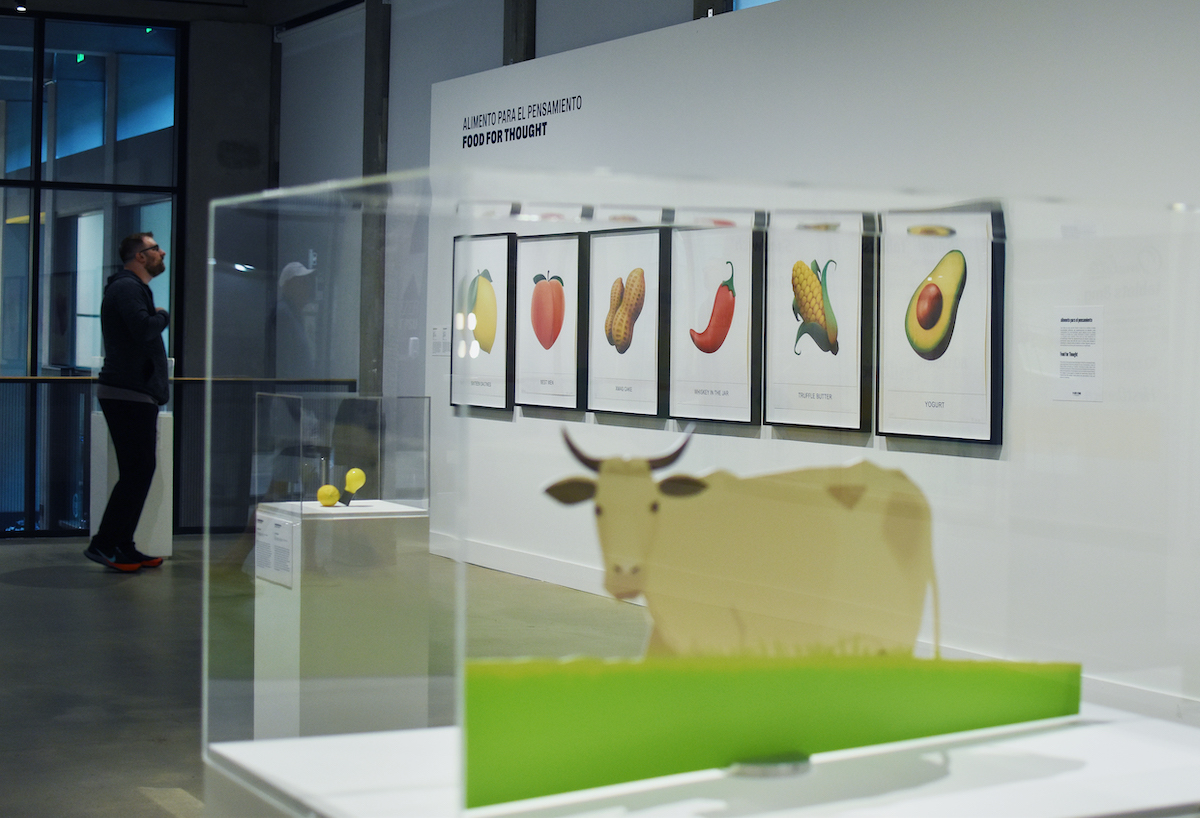


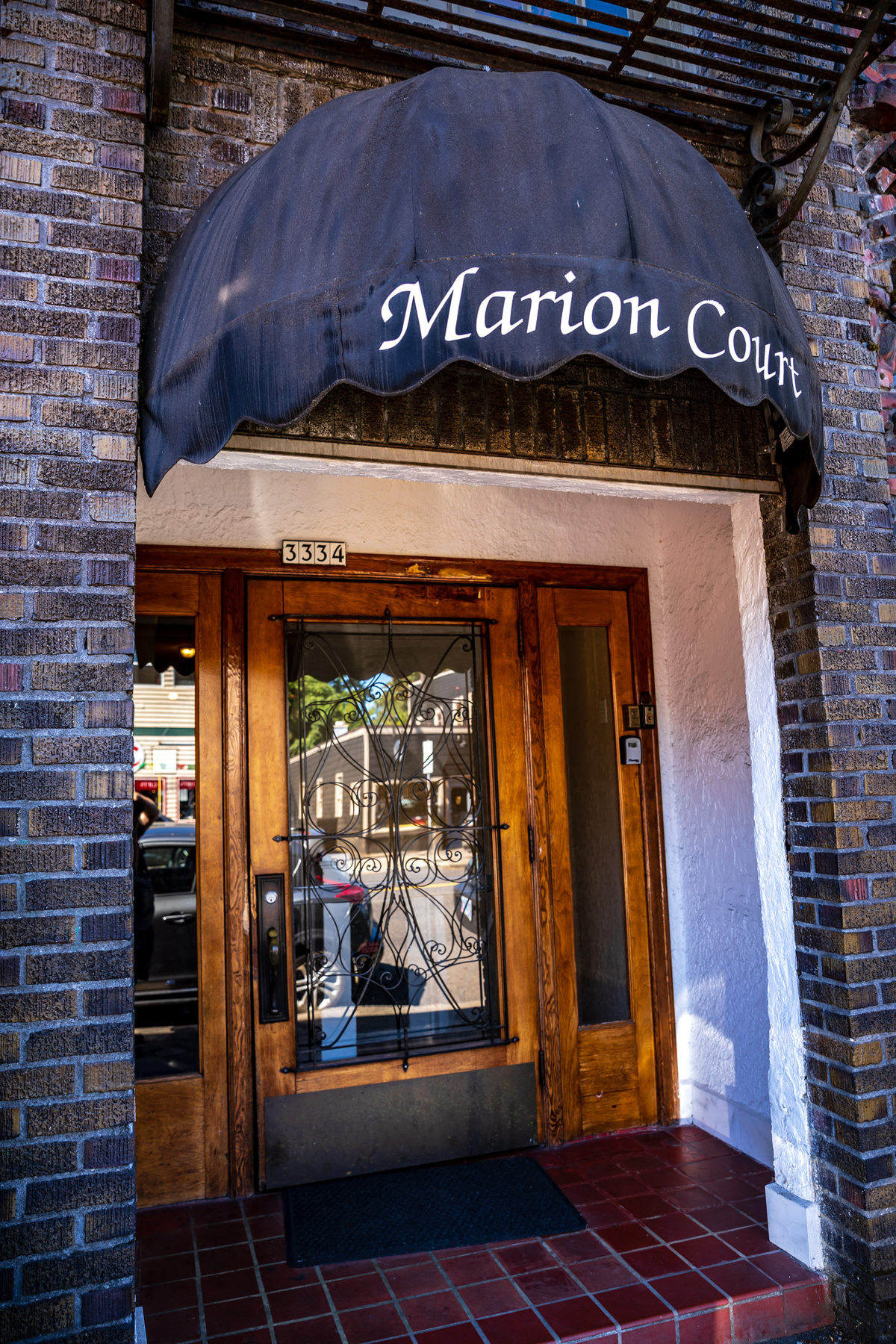

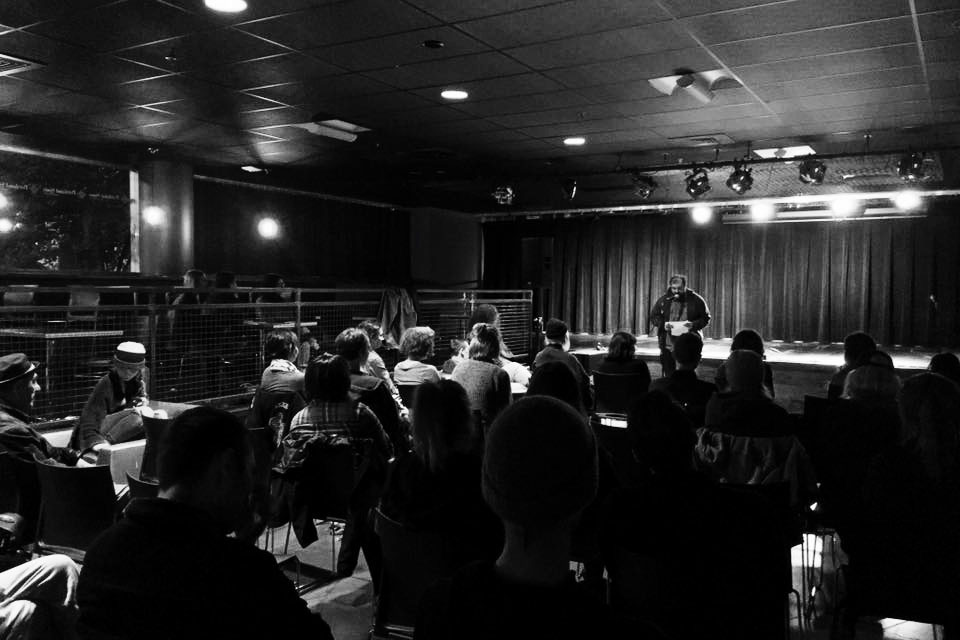
The PSU Pantry is deeply grateful to the JSMA for featuring us in this exhibit. We invite PSU Students who are struggling to make ends meet in any way to come shop for free groceries weekday afternoons in the Smith basement. You can just show up, or take 30 seconds to make an appointment on our website at http://www.psufp.com.